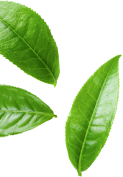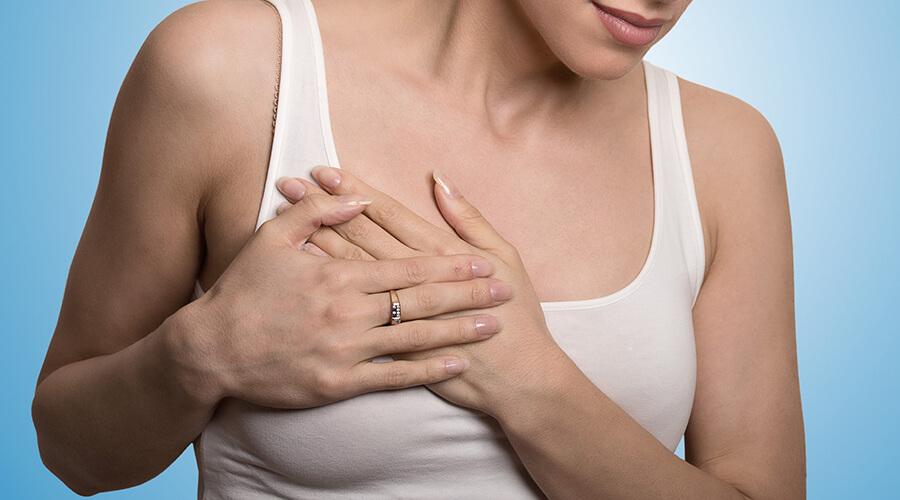



Regularly recurring breast pain before the cycle and an unpleasant feeling of tightness are common. However, you should not despair, as there is usually no serious illness behind breast cyst pain.
The mammary gland is made up of a variety of densities of tissue. If you feel it, you may notice small or large bumps. These may include fibrous lumps filled with fluid, which become very sensitive before menstruation. During fibrocystic breast disease, the discomfort can escalate into severe pain.
Palpable lumps, swellings in the breast.
Premenstrual breast tenderness.
Breasts that are painful to the touch.
Noticeable enlargement of some swellings.
It is not associated with breast cancer. However, if you feel an unusual lump in your breast, or if the swelling does not go down after the monthly bleeding, or if it gets harder or starts to grow, you should see a specialist.
Glandular breast pain is an unpleasant sensation associated with changes, irritation or inflammation of the glandular tissue of the breast. The glandular tissue contains the glands of the breast and these structures are usually located inside the breast. The causes of the pain can vary, but some possible factors include:
Hormonal changes:Hormonal changes during the menstrual cycle can often affect the mammary glands, which can cause pain.
Pregnancy: During pregnancy, the mammary glands grow and change, which can cause pain.
Breastfeeding: During breastfeeding, the function of the mammary glands changes and this can cause pain.
Breast fibrocystic conditions: Some women may develop cysts or fibrocystic conditions in the breast glands, which can cause pain and tenderness.
Inflammation: Inflammation in the glands can cause pain and swelling.
Hormonal changes during menopause: Hormonal changes during menopause can also affect the mammary glands.
Vitamin E for breast pain
The effect of vitamin E on the breast is really beneficial. Supplementing your diet with vitamin E can help to restore the balance of hormone production and can also be effective against cysts. Vitamin E regulates the levels of female sex hormones, making sure they are produced in healthy proportions so you can avoid symptoms caused by fluctuations.
The vitamin also has pain and anti-inflammatory properties, reducing breast swelling and tenderness, so in some cases vitamin E can also help with breast pain.
Friendly shrub
The fruit of the friend shrub balances female sex hormone levels without side effects. Its active ingredients, in addition to reducing breast tenderness and sensitivity, also dramatically reduce pre-menstrual irritability.
Oils
Essential fatty acids, of which cold-pressed vegetable oils are abundant, are also effective in regulating hormone levels. The richest source of omega-3 fatty acids is flaxseed oil, which is available in major grocery stores and health food shops.
Magnesium and vitamin B6
Magnesium is a natural pain reliever and antispasmodic. It also reduces the tenderness of breast swelling, relieves premenstrual back pain and reduces the frequency of migraine complaints.


HillVital balms are your reliable support for an active life, crafted from natural ingredients!